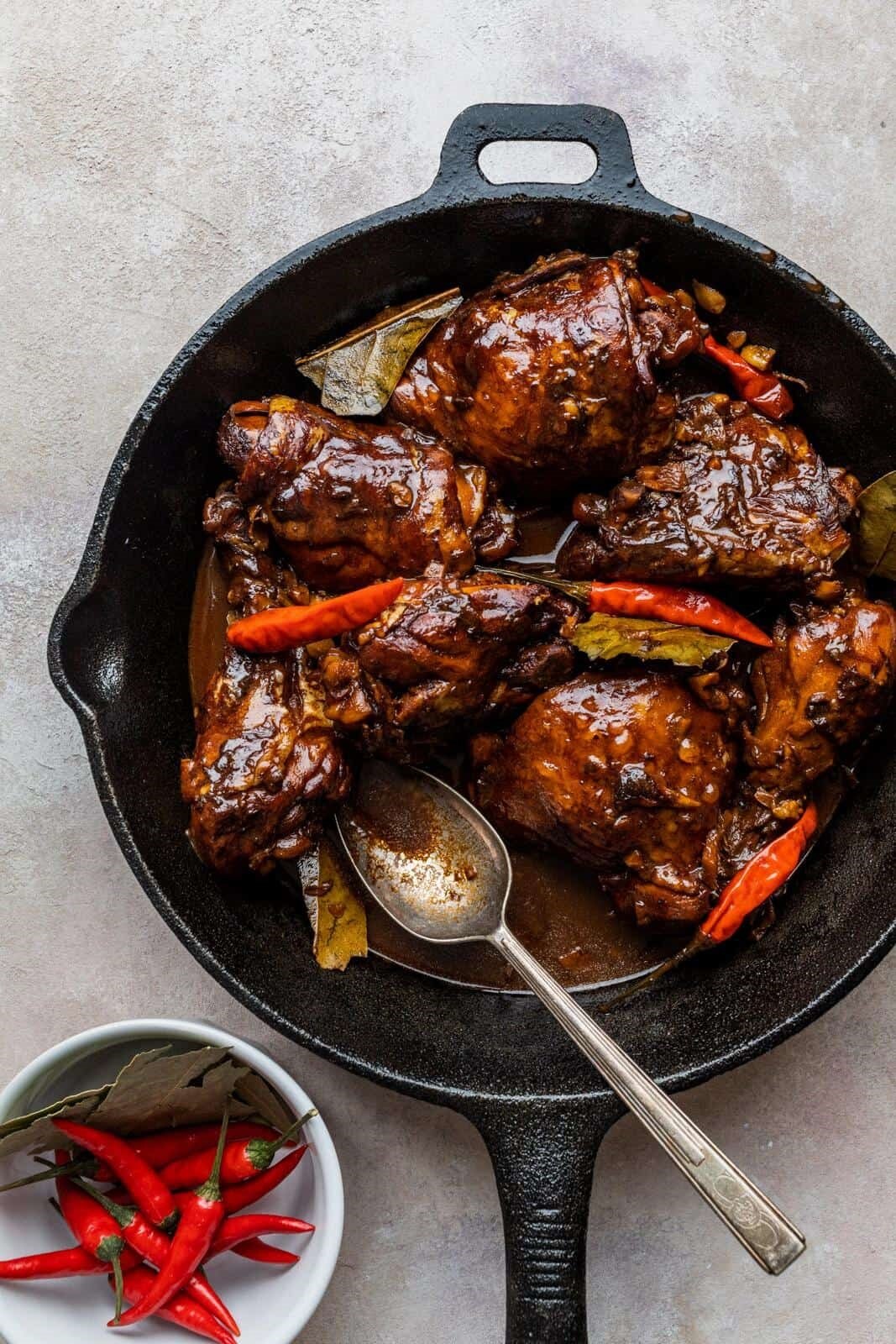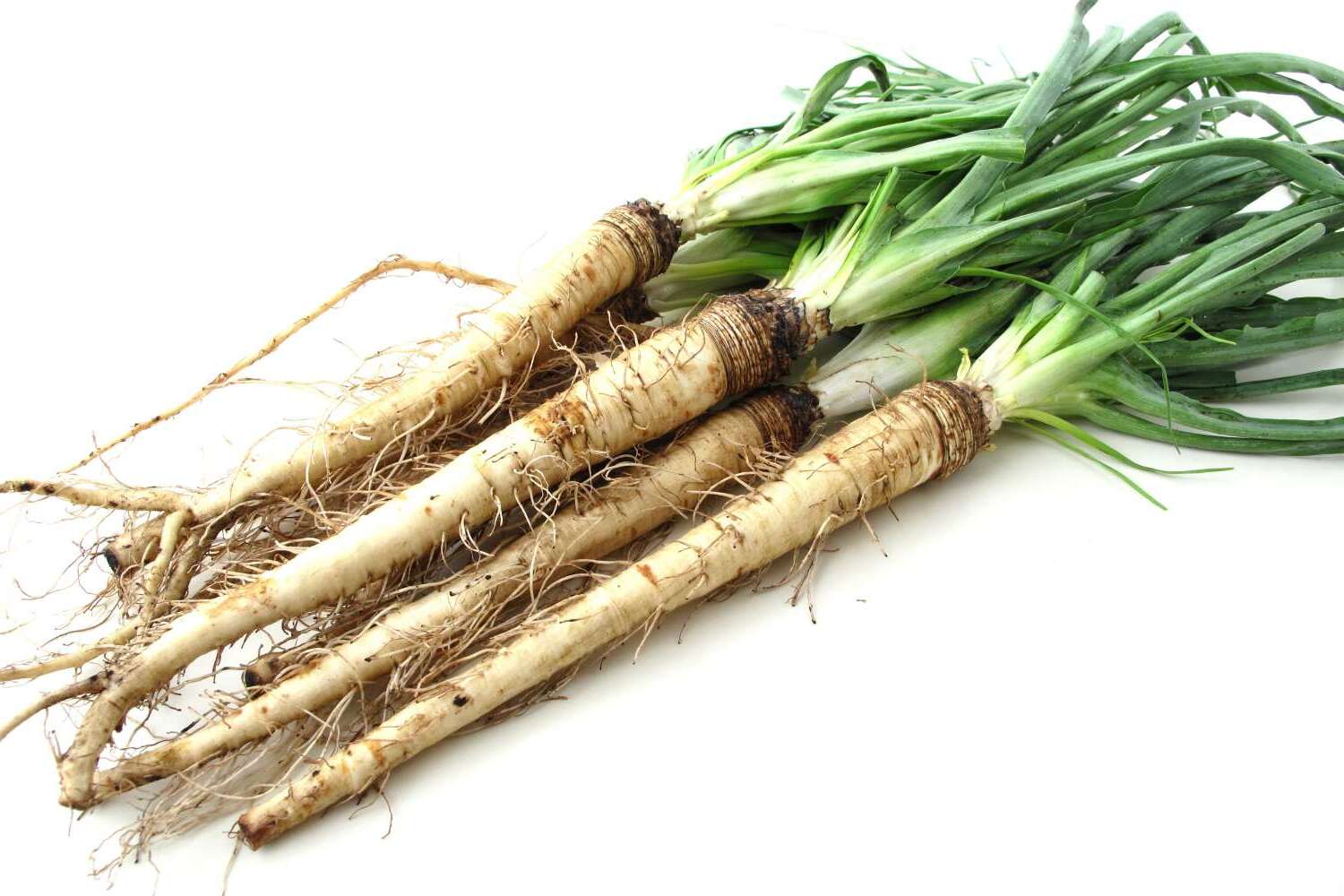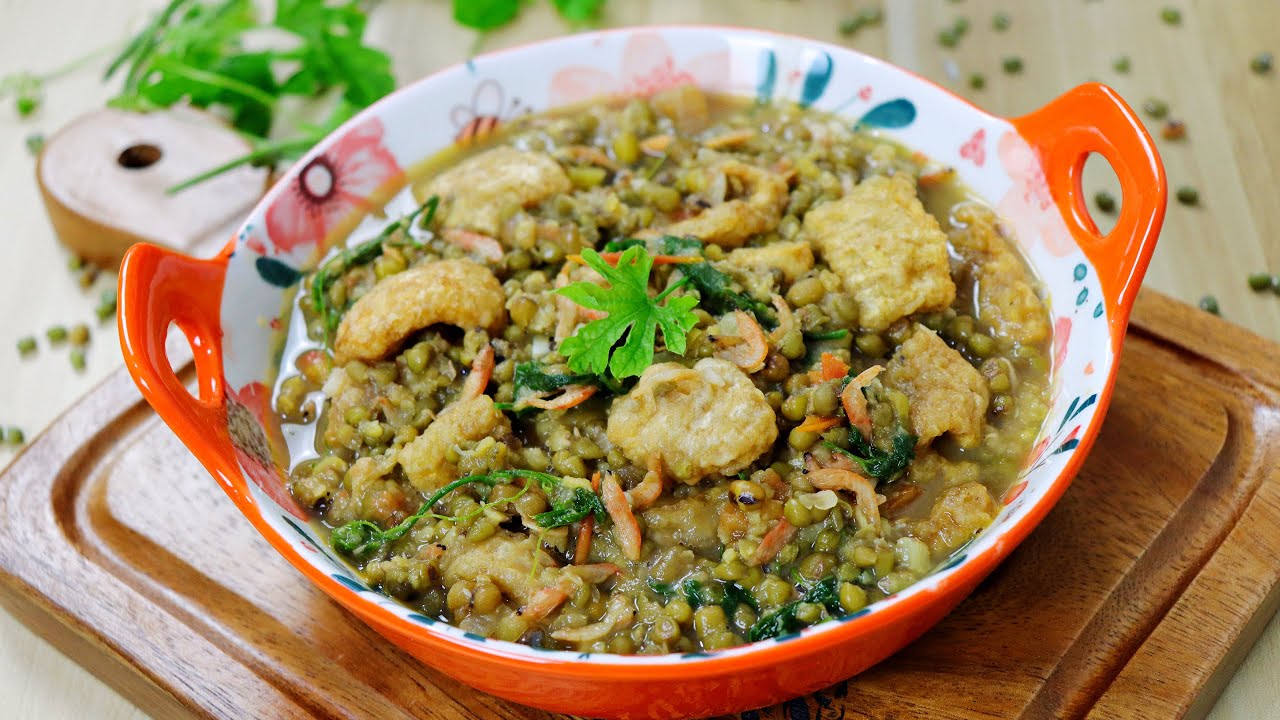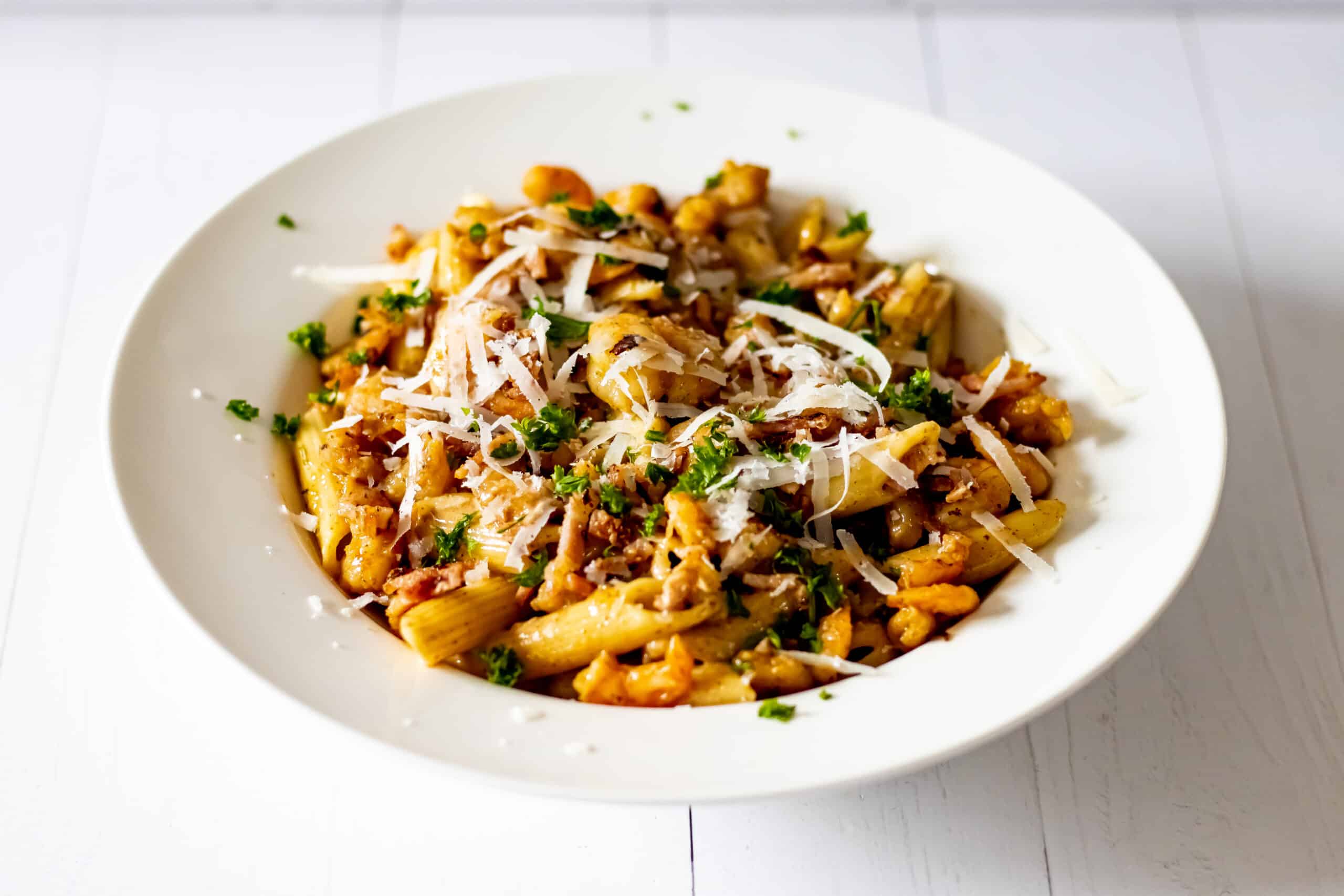Understanding Mustard Sauce
Mustard sauce is a popular condiment that adds a tangy and flavorful kick to a wide variety of dishes. It is made from the seeds of the mustard plant, which are ground and mixed with other ingredients to create a versatile and delicious sauce. Let’s take a closer look at what mustard sauce is and how it can be used in cooking.
Types of Mustard Sauce
There are several different types of mustard sauce, each with its own unique flavor profile and uses. Some of the most common types include:
- Yellow Mustard: This is the most widely recognized type of mustard sauce, known for its bright yellow color and mild flavor. It is often used as a condiment for hot dogs, sandwiches, and burgers.
- Dijon Mustard: Dijon mustard has a slightly spicy flavor and a smooth texture. It is commonly used in salad dressings, marinades, and sauces.
- Whole Grain Mustard: This type of mustard sauce contains whole mustard seeds, giving it a coarse texture and a strong, pungent flavor. It is often used in vinaigrettes and as a topping for meats and cheeses.
Uses in Cooking
Mustard sauce is a versatile ingredient that can be used in a wide range of dishes. Some popular uses for mustard sauce include:
- Marinades: Mustard sauce can be used as a base for marinades for meats, poultry, and seafood, adding flavor and helping to tenderize the food.
- Sauces: Mustard sauce can be used as a key ingredient in creamy sauces, adding depth of flavor and a hint of tanginess.
- Salad Dressings: Dijon mustard is often used in vinaigrettes and salad dressings to add a zesty kick.
- Sandwiches and Wraps: Mustard sauce is a classic condiment for sandwiches, wraps, and burgers, adding a pop of flavor to each bite.
Health Benefits
Mustard sauce not only adds flavor to dishes but also offers some potential health benefits. Mustard seeds are rich in antioxidants and can help reduce inflammation in the body. Additionally, mustard sauce is low in calories and can be a healthier alternative to other condiments that are high in fat and sugar.
Conclusion
Mustard sauce is a versatile and flavorful condiment that can enhance a wide variety of dishes. Whether you prefer the mild tang of yellow mustard or the bold kick of whole grain mustard, there is a type of mustard sauce to suit every taste. Experiment with incorporating mustard sauce into your cooking to add a delicious and zesty twist to your favorite recipes.
Was this page helpful?
Read Next: What Is Pepinesa?











